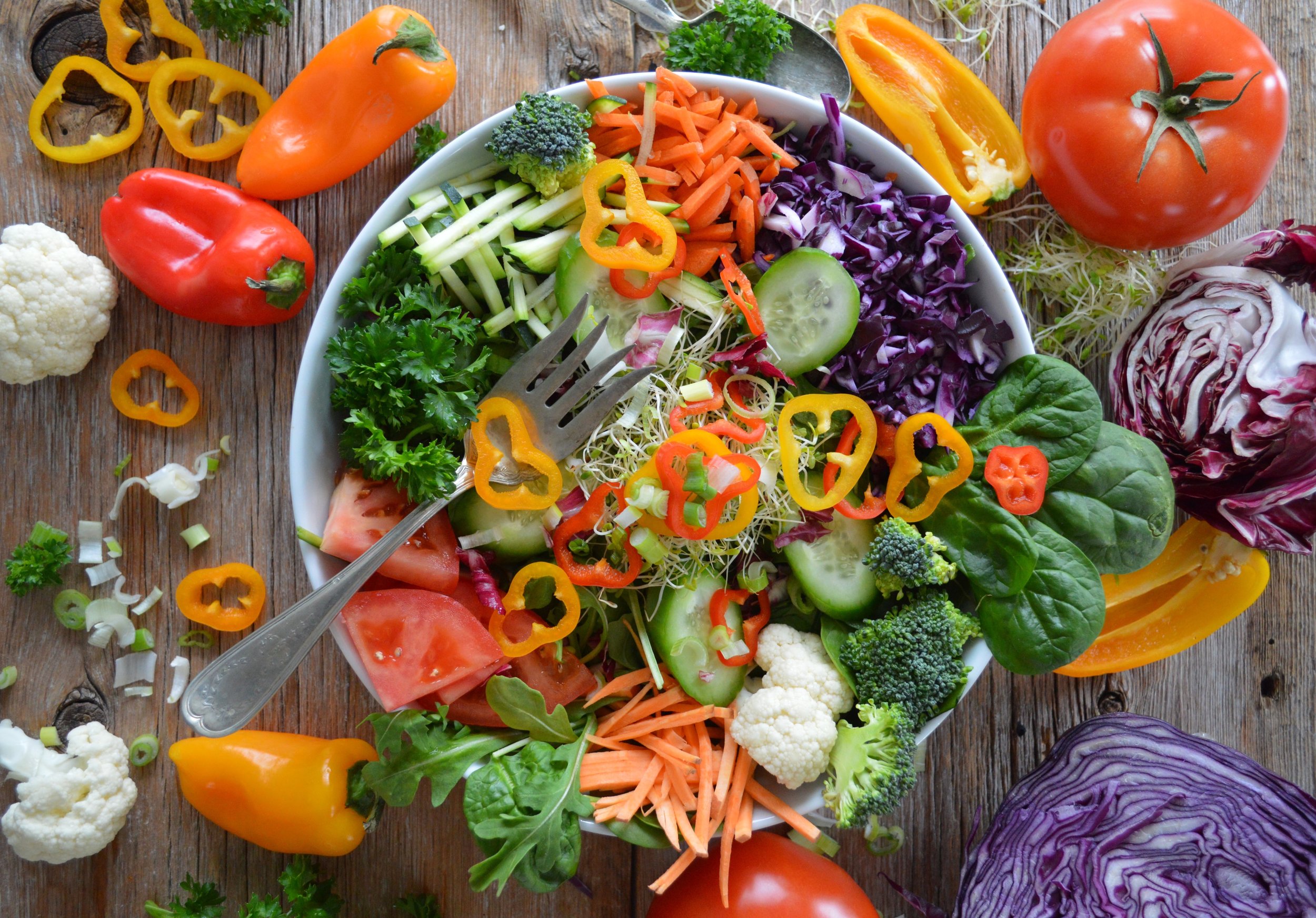The Average Consumer: Is Kale Trendy? Real Foodies: Who Cares?
/preparing homemade kale chips
My family has been eating kale chips for about 4 years. It is one of our go-to snacks roughly every Monday and Thursday. Each week, we buy 3-4 heads of kale, usually at the farmer’s market. We usually dehydrate them into chips. Plus, through some significant stroke of luck, my wife convinced my then-6-year-old son last year that kale chips would make his nightmares disappear.
Maybe it’s time to find a new green leafy obsession, though.
The Atlantic published an article on September 30th, The Saddest Leafy Green, lamenting the decline in kale’s popularity in the United States. It even questioned whether it was ever truly liked in the first place. It’s a great article and definitely worth a read.
It’s a strange point of view, however. Foods are inherently healthy or they are not. They are not better for you because Gwyneth Paltrow endorses a vegetable (as when she demonstrated how to make kale chips on the Ellen Show in 2011) or because Beyonce dances pantsless in a music video while wearing a T-shirt with “Kale” written on it. These two incidents arguably helped fuel the kale-as-a-superfood trend. But kale has been cultivated for hundreds of years and it will continue to be cultivated and consumed.
Another vegetable that gets a bad rap (or worse, not even a rap at all!) is arugula. Arugula has been cultivated for thousands of years. It is mentioned in the Torah and the Talmud and is eaten all over Italy, Israel and the entire Mediterranean region. This leafy green had its day in the sun in 2007, when then-candidate Barack Obama name-checked it while on the campaign trail in Iowa. Alas, in the popularity contest that is Google Trends data, it never quite took off after that. But it is very much in demand among culinary enthusiasts and others who know food.
How do food trends get started, anyway? This BBC article explains how avocados and kale became so popular.
When you make discovering and trying new vegetables a regular part of your food shopping experience, you get to decide what’s popular in your home and what isn’t – based on an entirely different set of criteria than the cultural popularity meter.
To not be influenced by the marketing trends is difficult but doable.
Real foods have no need for popularity trends. They stand on their own merits. Besides, what’s the alternative, an Oreo cookie?
I can tell you with absolute certainty that kale makes my 7-year-old son’s nightmares go away. How do I know that? He believes that it makes his nightmares go away and tells me all the time. Placebo effect? Obviously. But in our household, that is a good enough validation for a vegetable that has gone from being the darling of the food world back to relative obscurity.



